Many of the symbols we use every day have fascinating histories that are often overlooked. From the peace sign to the dollar symbol, these everyday icons carry stories that trace back centuries, connecting us to different cultures, religions, and events. Uncovering the hidden meanings behind these symbols can offer a glimpse into the rich history that shapes our modern world.
The Peace Sign
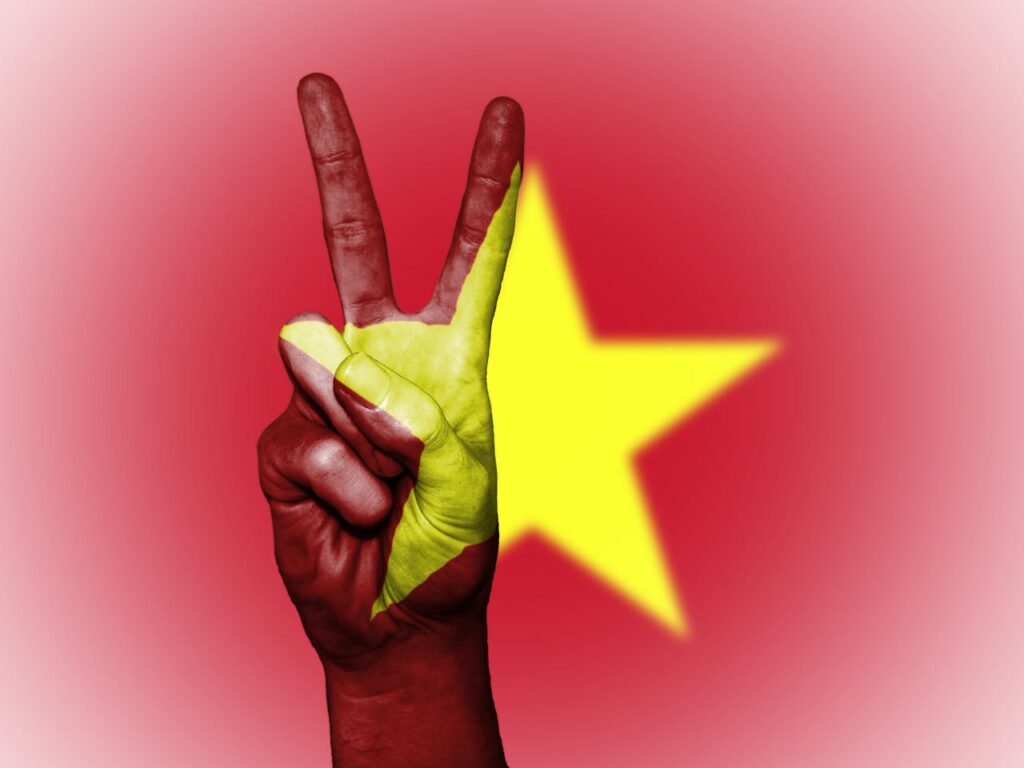
Originally created in 1958 by British artist Gerald Holtom, the peace sign was designed for the Campaign for Nuclear Disarmament (CND). The symbol combines the semaphore signals for the letters “N” and “D,” standing for nuclear disarmament. It quickly became a global symbol of peace during the 1960s anti-war protests and remains one of the most recognizable icons of peace and non-violence.
The Dollar Symbol ($)
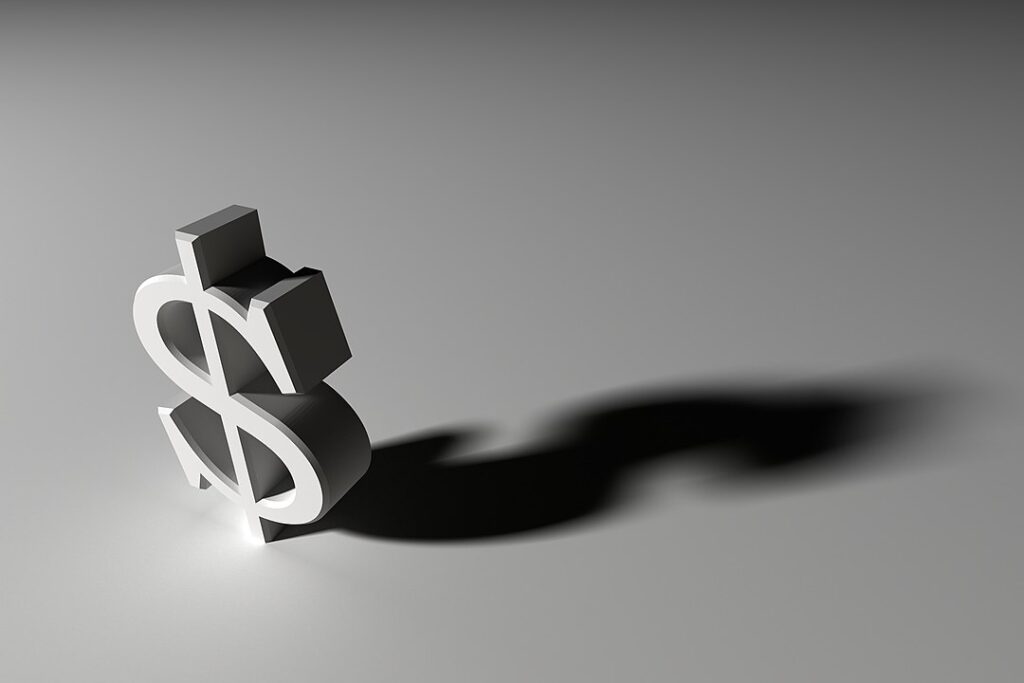
The dollar sign ($) originated in the late 18th century as a shorthand for the Spanish peso, a widely accepted currency in the Americas. Merchants combined the letters “P” and “S” (for “peso”) into a single overlapping mark. Over time, this evolved into the symbol we use today, representing not only American currency but also dollars in many other countries.
The Heart Symbol

Though not anatomically accurate, the heart symbol has been used for centuries to represent love and affection. Some theories suggest it was inspired by the shape of the seed of the silphium plant, which was used as a form of birth control in ancient Greece and Rome. The heart symbol has since become universally associated with romantic love and caring.
The @ Symbol

Known as the “at” symbol today, its origins trace back to medieval manuscripts where it was used by monks as a shorthand for “at” or “toward.” It later found its way into accounting and commercial records as a symbol for pricing. Its modern-day usage was popularized in 1971 when Ray Tomlinson used it in the first email address, revolutionizing how we communicate.
The Infinity Symbol (∞)
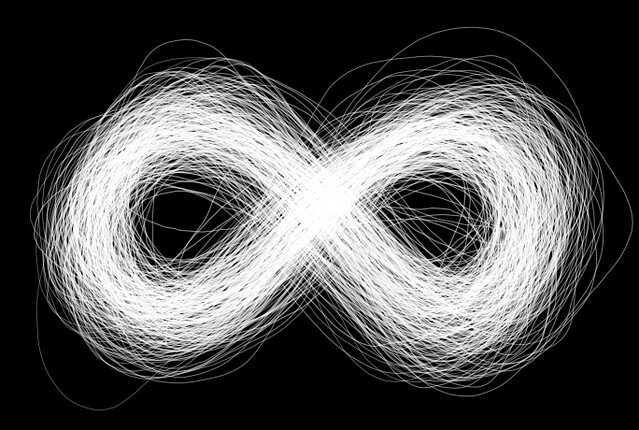
The infinity symbol was introduced by English mathematician John Wallis in 1655. Its design is thought to have been inspired by the ancient Roman numeral for 1,000, which resembles the same shape. It represents an unending loop, making it the perfect icon for the concept of infinity in both mathematics and philosophy.
The Yin-Yang Symbol (☯)

This ancient Chinese symbol represents the balance of opposites, such as light and dark, male and female, or good and evil. In Taoist philosophy, yin and yang are interconnected forces that cannot exist without each other. The circular symbol with its swirling black and white sections reflects the idea that dualities are part of a larger whole.
The Crescent and Star
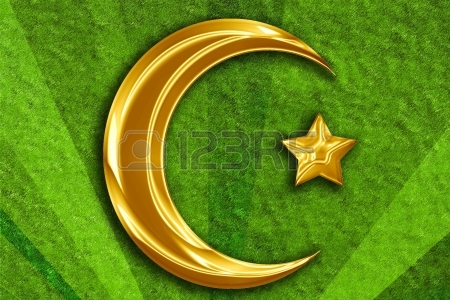
Often associated with Islam, the crescent and star symbol has its origins in ancient Mesopotamia, where it was linked to the moon god Sin and the goddess Ishtar. It was adopted by the Ottoman Empire and later became a widely recognized symbol of the Islamic faith, though it is not a religious requirement or universally embraced across all Muslim cultures.
The Anchor

An anchor symbolizes hope and stability and has its roots in early Christianity. Persecuted Christians used the anchor as a hidden symbol of their faith, with its cross-like shape serving as a reminder of Jesus Christ. Today, the anchor continues to represent steadfastness and security, both in religious and secular contexts.
The Skull and Crossbones

This symbol is most commonly associated with pirates and danger. However, its origins can be traced back to medieval times when it was used as a memento mori, a reminder of mortality. It was displayed on tombstones and other religious imagery to encourage reflection on the inevitability of death.
The Cross

The cross is one of the most recognized symbols in the world, symbolizing Christianity. However, its origins predate the Christian faith, as ancient civilizations such as the Egyptians and Celts used similar cross-like symbols to represent life, fertility, and the union of the physical and spiritual worlds.
The Swastika

The swastika, now infamous due to its association with Nazi Germany, was originally an ancient symbol of good fortune and prosperity. Found in many cultures, including Hinduism, Buddhism, and Native American traditions, the swastika represented positive concepts like well-being, power, and the cycle of life before it was tragically co-opted by the Nazi regime.
The Fleur-de-lis

A stylized lily, the fleur-de-lis has a long history in European heraldry. It is most associated with French royalty, symbolizing purity and divine right to rule. Its three petals also represent faith, wisdom, and chivalry. The symbol remains a popular motif in European art, architecture, and even scouting organizations today.
The Star of David
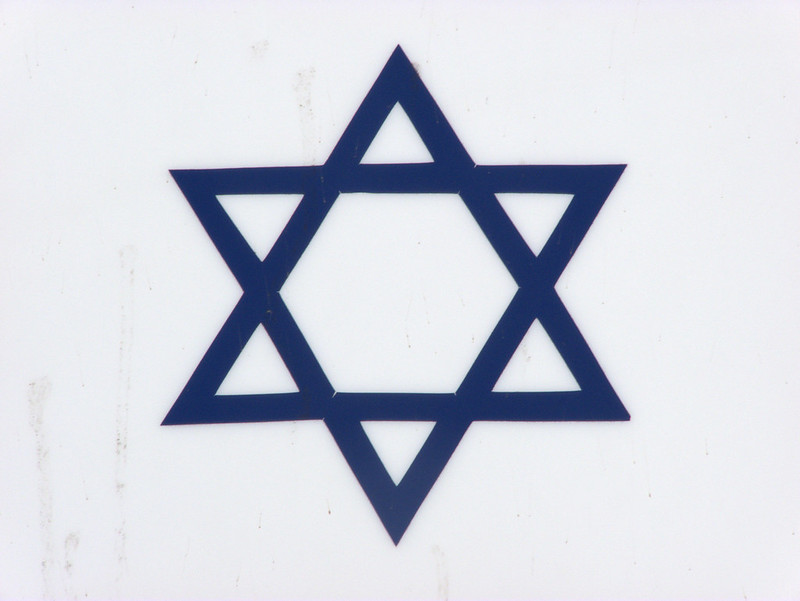
Though widely recognized as a symbol of Judaism today, the Star of David’s origins are not strictly religious. The six-pointed star, or hexagram, was used in various ancient cultures, from Hinduism to alchemy. It became a prominent Jewish symbol in the Middle Ages and later came to represent Jewish identity, especially after its adoption by the Zionist movement in the 19th century.
The Ichthys (Fish Symbol)
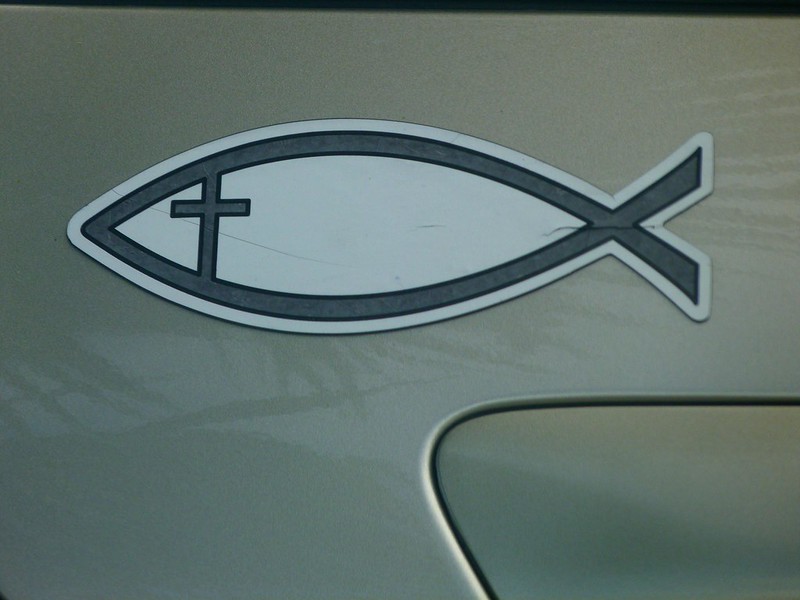
The ichthys, or fish symbol, is one of the earliest symbols of Christianity. It was used by early Christians to identify themselves covertly during periods of Roman persecution. The Greek word for fish, “Ichthys,” is an acronym for “Jesus Christ, Son of God, Savior.” Today, it is a common emblem of Christian faith.
The Pentagram
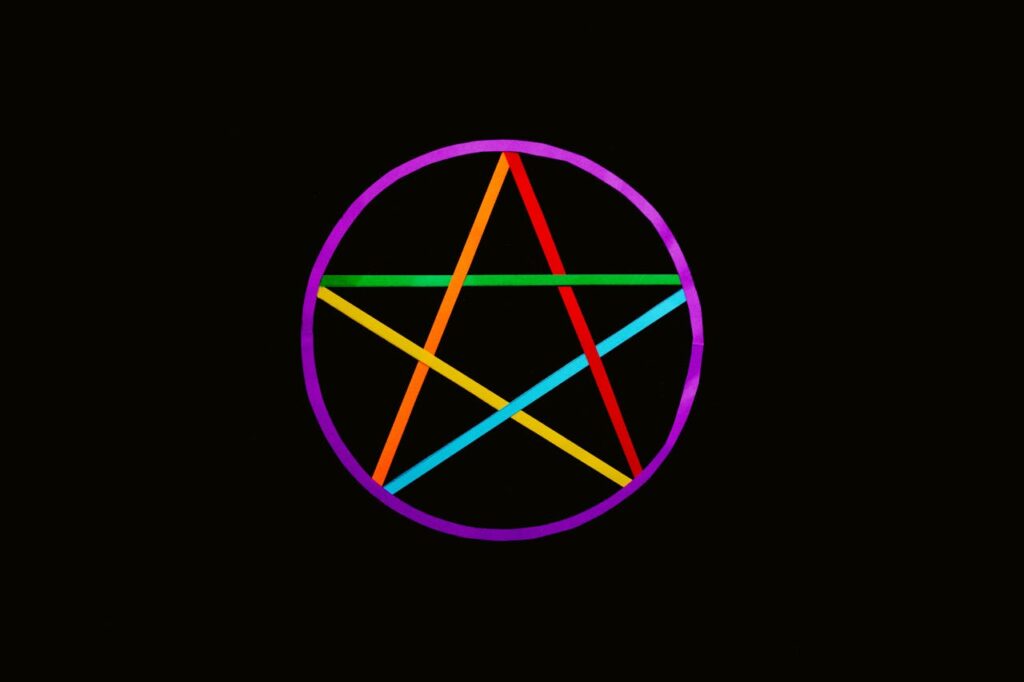
The pentagram, a five-pointed star, has been used in various spiritual traditions for thousands of years. In ancient Greece, it represented the five elements: earth, air, fire, water, and spirit. In Christianity, it was a symbol of Christ’s five wounds. Today, it is often associated with paganism and Wicca, representing protection and balance.
The Apple

The apple is often linked to the biblical story of Adam and Eve, where it represents temptation and knowledge. However, the Bible does not specify the type of fruit from the Tree of Knowledge. The association with the apple likely came from Renaissance-era artwork, where the Latin word for apple, “malus,” also means “evil,” cementing its symbolic role in Western culture.
The Omega (Ω)
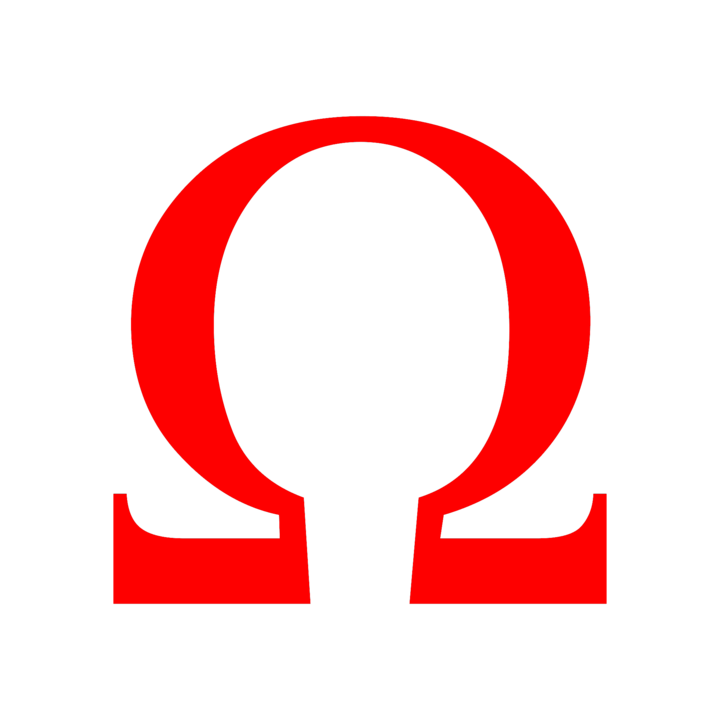
The last letter of the Greek alphabet, Omega, represents the end or finality in various contexts. In Christianity, it symbolizes God as the “Alpha and Omega,” or the beginning and end of all things. It is also used in physics and engineering to represent units of resistance, embodying the concept of limits and boundaries.
The Lightning Bolt

A symbol of power and speed, the lightning bolt has been associated with gods and deities in various cultures, from Zeus in Greek mythology to Thor in Norse lore. Its sharp, jagged form suggests sudden force and energy, making it a popular emblem in both religious contexts and modern pop culture.
The Red Cross

The Red Cross symbol, representing the humanitarian organization, was inspired by the flag of Switzerland. It was chosen as a neutral emblem during the Geneva Convention in 1864 to protect medical workers in conflict zones. The symbol remains a powerful sign of humanitarian aid and neutrality during war.
The Circle

The circle, representing infinity and completeness, is one of the most ancient and universally recognized symbols. It has been used in various cultures and contexts to represent wholeness, the universe, and the cycle of life. Its perfect, unbroken form embodies unity and eternity, from ancient religious rituals to modern logos.
This article originally appeared on UnifyCosmos.
More from UnifyCosmos
20 Common Mistakes to Dodge When Buying a New Home

This article highlights key pitfalls to watch out for, ensuring a smoother, smarter home-buying experience. Read on to make informed decisions and secure your dream home with confidence. Read more!
18 Financial Pitfalls to Avoid When Budgeting for the First Time

Understanding common pitfalls helps you avoid unnecessary stress. In this article, we’ll walk you through the financial missteps to watch out for and how to sidestep them. Read more!
22 Budgeting Mistakes You Need to Stop Making

Understanding these errors can help you manage your money better and achieve your financial goals. Here are some common budgeting errors you should avoid. Read more!
Leave a Reply